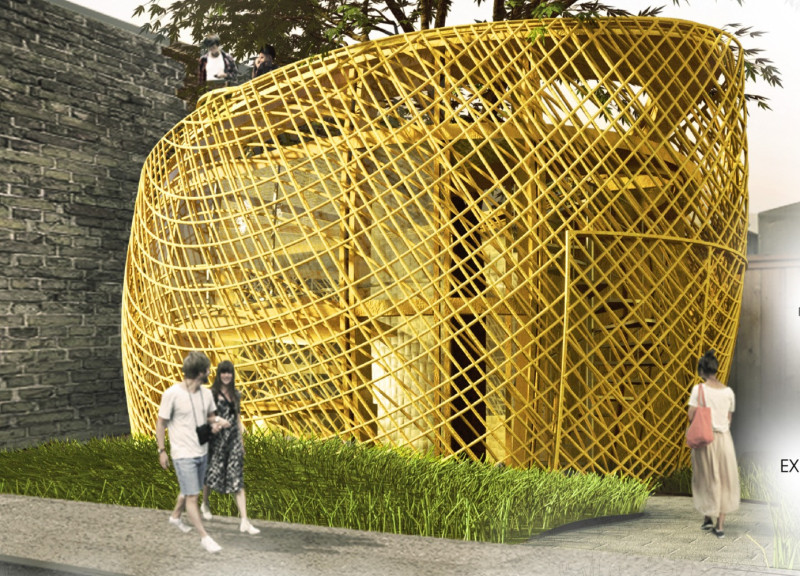5 key facts about this project
The micro unit “Tree Hugger” is designed to operate independently from traditional power sources, set in an urban landscape. Its focus on sustainable living is evident in both its function and design. The concept revolves around creating a small yet efficient space that fosters comfort and flexibility, responding to the needs of today's city dwellers.
Design Efficiency
The unit features an adjustable terrace rack that holds solar tubes for energy collection and storage. This allows the building to use solar power, lessening its dependence on conventional electricity. By integrating renewable energy into the design, the unit reflects a commitment to sustainability and energy independence.
Spatial Optimization
Inside, “Tree Hugger” emphasizes flexible use of space. It merges areas for living, working, and leisure into one unified environment. This allows for easy transitions between activities throughout the day. Such an arrangement ensures that the sleeping area and work space adapt according to the occupant’s needs, livings in an effective and organized manner.
Material Selection
The project uses a specific list of materials, such as Glulam columns, double-pane glazing, dried bamboo, steel nail connections, and a steel substructure. These materials contribute to the building’s structural strength while also supporting energy efficiency. The addition of a wood composite rooftop pergola enhances the design through natural aesthetics and contributes to overall sustainability.
Environmental Integration
The façade incorporates a rhythmic pattern that invites natural light while maintaining privacy. This openness creates a connection between indoor spaces and the outside world. The thoughtful design addresses both functional and environmental goals, reflecting a careful balance between lifestyle and sustainability, and emphasizing the unit's thoughtful approach to modern living.



















































